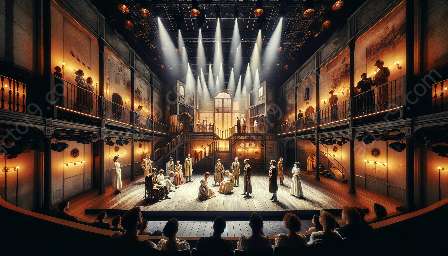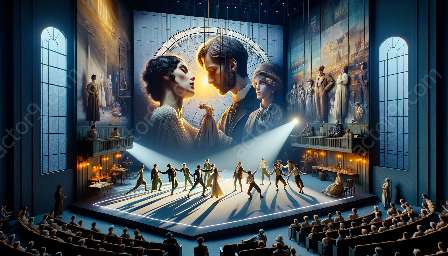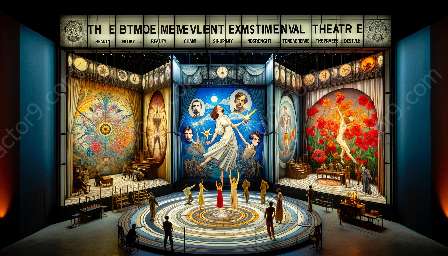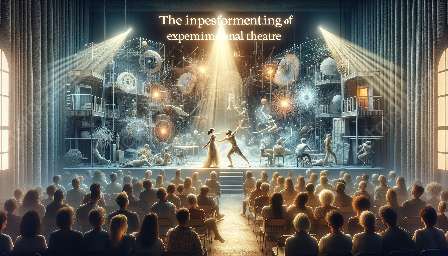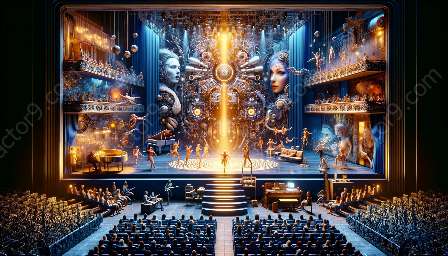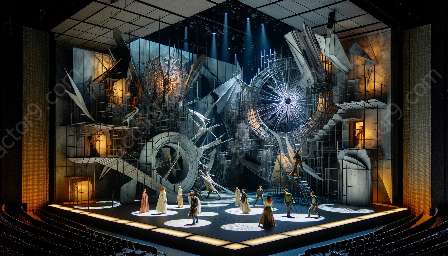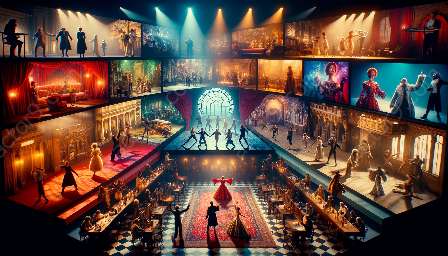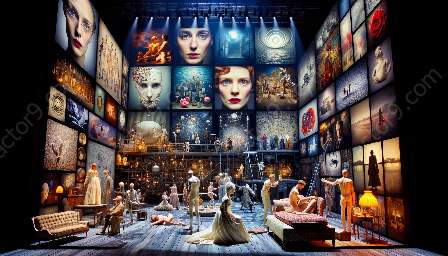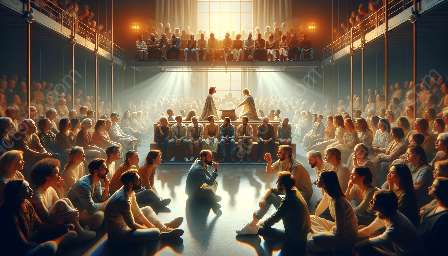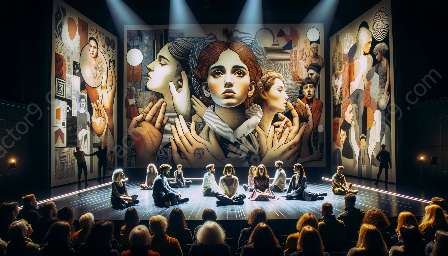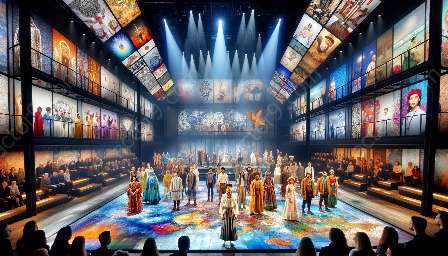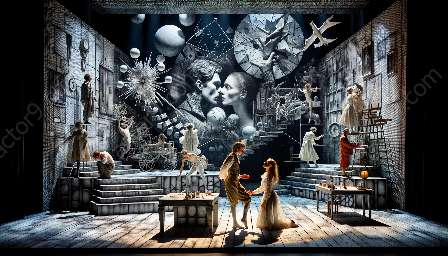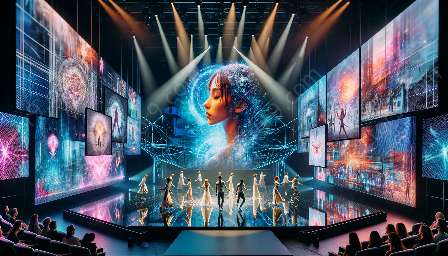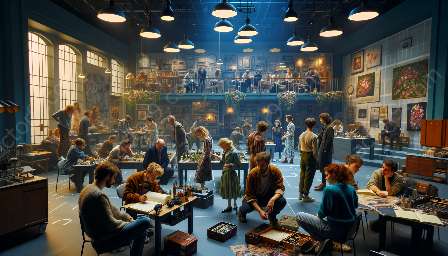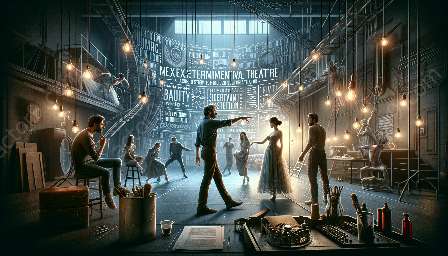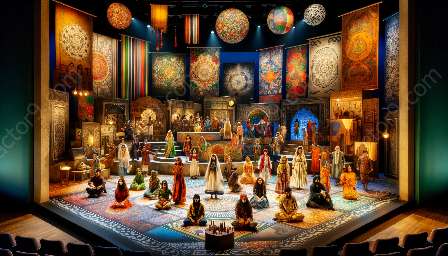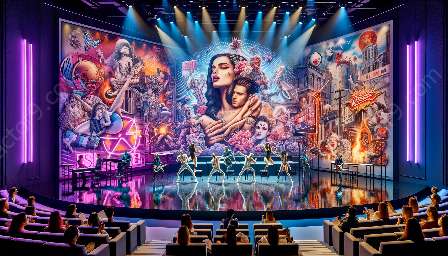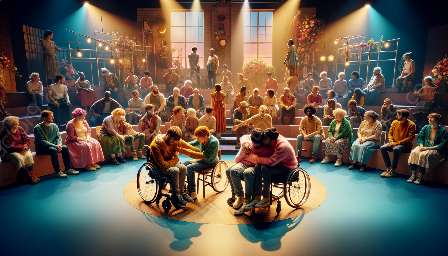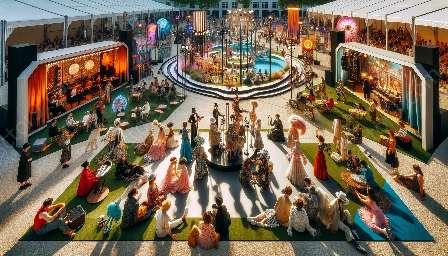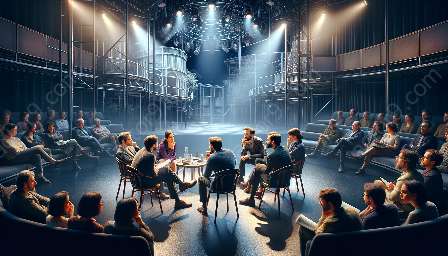Experimental theatre constantly challenges the boundaries of traditional performance spaces, ushering in an era where the environment becomes an integral element of the production. The impact of space and environment in experimental theatre is profound, as it influences the narrative, immersive quality, and overall experience for both performers and audiences. In this topic cluster, we will explore how the interplay between space and environment shapes the fundamental dynamics of experimental theatre, and understand the performative techniques that contribute to creating impactful and compelling performances.
Space as a Performative Element
In experimental theatre, the physical space is not a mere backdrop but a dynamic component that actively interacts with the performers. The spatial design and arrangement play a crucial role in building the atmosphere, reflecting the themes, and guiding the audience's focus. Performers often utilize the space in innovative ways, transforming it into an active participant in the storytelling process. The architectural elements, such as lighting, sound, and set design, are carefully crafted to evoke specific emotional responses and enhance the overall impact of the performance.
Environment and Immersion
Experimental theatre leverages the environment to create immersive and sensorial experiences for the audience. By breaking away from traditional stage setups, performances take place in unconventional settings, including abandoned buildings, outdoor spaces, and interactive installations. This unconventional approach allows for a deeper connection with the environment, blurring the lines between reality and fiction. The audience becomes an active participant, moving through the environment and engaging with the performance from varying perspectives.
Performative Techniques in Experimental Theatre
The performative techniques employed in experimental theatre are diverse and innovative. Physical theatre, devised performance, site-specific storytelling, and audience interaction are just a few examples of the techniques used to push the boundaries of traditional theatrical norms. Performers often undergo rigorous training to master these techniques, as they require a heightened level of embodiment, improvisation, and adaptability. The combination of these techniques with the impactful use of space and environment results in dynamic, thought-provoking performances that leave a lasting impression.
Creative Collaboration and Innovation
Experimental theatre thrives on creative collaboration and fosters an environment of experimentation and risk-taking. This collaborative approach extends to working with architects, visual artists, and sound designers to create multidisciplinary performances that transcend conventional artistic boundaries. The constant quest for innovation drives artists to explore new ways of utilizing space and interacting with the environment, leading to a continuous evolution of the experimental theatre genre.
Conclusion
The impact of space and environment in experimental theatre is undeniable, shaping the very essence of the art form. As we delve deeper into the intersection of space, environment, and performative techniques, we gain a deeper appreciation for the ingenuity and creativity that drive experimental theatre. This exploration opens new avenues for understanding how experimental theatre continues to captivate audiences and redefine the boundaries of traditional performance art.

